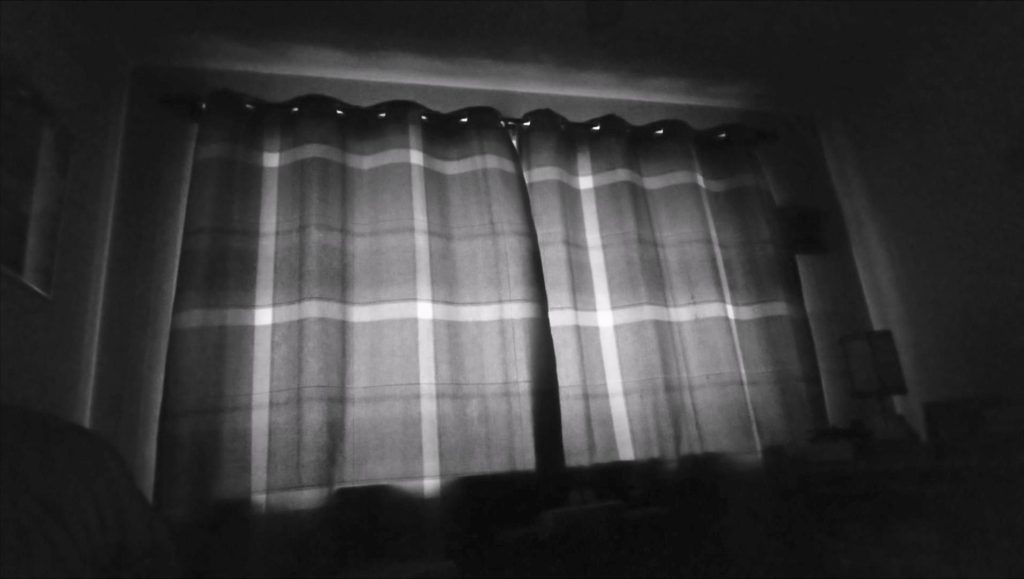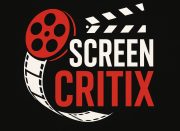Shot in stark black and white, In the Dark is a wordless short film exploring mental health through a deeply personal lens.
Over the years, Philip Brocklehurst has become a familiar name at Screen Critix. A prolific filmmaker in the truest sense, his back catalogue spans everything from gritty psychological portraits to minimalist experimental shorts. While the quality has varied — as one might expect from a self-made, zero-budget creator — what’s remained constant is his unshakable drive to create, often with nothing more than a camera, himself, and raw emotion.
His latest short, In the Dark, is perhaps his most stripped-down effort to date. Shot in black and white, with no dialogue, no supporting cast, and virtually no technical embellishment, the film simply shows a man lying in bed, curtains drawn, a faded photograph of two boys perched on the nightstand. That man is Brocklehurst himself, and the subject is depression — stark, unfiltered, and unspoken.

And that’s it. There is no plot development, no narrative arc, no cinematic flourishes. But there’s also something haunting, and even moving, beneath the simplicity. Knowing that Brocklehurst created In the Dark while struggling with his own mental health — even contemplating suicide — casts the short in a more poignant light. It’s not just a film. It’s a personal outcry, quietly and vulnerably rendered.
Technically speaking, In the Dark is rough. The lighting is flat, the composition is static, and the cinematography lacks the atmosphere that such a theme demands. But none of this comes as a surprise from a filmmaker who has, time and again, operated entirely without crew, budget, or gear — a lone figure determined to express something, even if the tools at his disposal are limited.
Brocklehurst has always worn his heart on his sleeve, from the mental unrest of Haunter to the existential wandering in Raindrops. Even The Loner played with isolation, albeit with more structural ambition. What separates In the Dark from those earlier works is its almost diary-like intimacy. It feels less like a film and more like a quiet note slipped under a door.
Still, the limitations are evident. With such a deeply personal subject, it’s hard not to wish that Brocklehurst had pushed the form a little further — used light and shadow more effectively, layered in some ambient sound design, or explored symbolic imagery to elevate the piece beyond its current, static presentation. At just over two minutes, it lingers — but not quite long enough to leave a profound impact.
That said, Brocklehurst’s willingness to expose his vulnerability remains one of his greatest strengths. As we’ve seen throughout his career — the grief-tinted surrealism of Feel, anyone? — he is an artist who continues to create in spite of, and often because of, personal struggle. And that matters.
He may not yet be the most technically proficient filmmaker, but his passion and persistence are undeniable. One hopes he continues to push himself — to collaborate more, to experiment with new techniques, and to refine the tools of his craft. There’s an emotional honesty in his work that, given the right medium and development, could genuinely move audiences in powerful ways.
Until then, we at Screen Critix remain supportive of his journey. Keep creating, Philip. Keep learning. Keep pushing. The independent film world is better with your voice in it.
And to anyone watching In the Dark who may be struggling: please talk to someone. You are not alone. Whether it’s a friend, family member, or a helpline — reach out. There are always people who care, who will listen, and who want you here.
